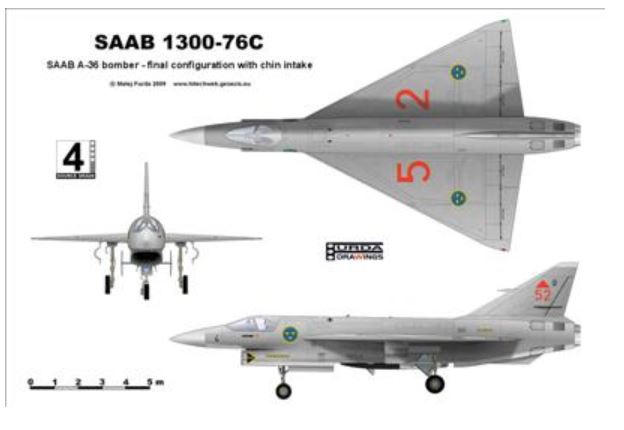If NATO Hadn’t Expanded
Last weekend, Dan Nexon published a piece I wrote at the Duck of Minerva.
There’s an ongoing argument about NATO expansion after the fall of the Soviet Union, among scholars of the period and more casual commentators. There have been a number of sub-arguments, including whether Russia was promised that NATO would not expand. That has more or less been settled: Although some statements were made to that effect, they were not official commitments.
More broadly, arguments about NATO expansion tend to assume that if NATO hadn’t expanded, Europe would look about the same as it does now, but Russia would be less aggressive, and more accommodations would be possible.
Having co-chaired a NATO Advanced Research Workshop in Estonia and spent some time working with Estonians on a major environmental cleanup, I’ve recognized many paths that could have been taken by the actors involved, which could lead to quite different outcomes.
Would the newly independent countries trust Mother Russia? Could Mother Russia keep her hands off them? It would not be a single big decision, but a series of small ones.
The Duck of Minerva piece is a counterfactual in which NATO doesn’t expand. I’ve based it on events that have actually happened, although in different historical order. The outcome is different than has been assumed. It was fun to write and I think will be enjoyable to read.
Through the nineties, Russian military planes increasingly violated their neighbors’ airspace or came close, daring the neighbors’ air forces to scramble. Finland ordered additional fighter-bombers from Sweden. Ukraine and the Baltic States increase their home guard, with training from elders with experience in partisan warfare.
Economic recovery was slow, and unemployment in the new nations was severe. By the late 1990s, a major Russian money laundering scandal broke across the Baltics, damaging the Swedish, Norwegian, and German banks located there. Communist parties in Poland, Czechoslovakia, Hungary, and Bulgaria gained in elections. In Bulgaria, an opposing candidate was poisoned with polonium.
The Soviet Union had placed factories for military hardware across the republics and the satellites. With the end of the Soviet Union, Russia brought that manufacturing home. Sweden repurposed those factories into production to support their automotive and military industry. Thus, a factory in Võru, Estonia, that had made oxygen sensors for submarines began to make instruments for Gripen aircraft.



